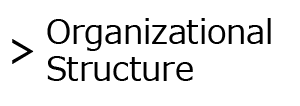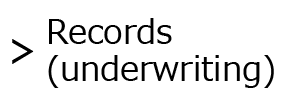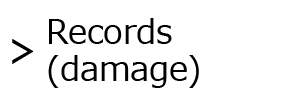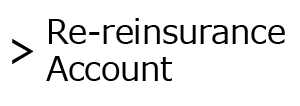THE FRAMEWORK OF JAPAN'S AGRICULTURAL INSURANCE SCHEME
THE FRAMEWORK OF JAPAN'S AGRICULTURAL INSURANCE SCHEME
Introduction
Agriculture is an industry affected most by nature. Japan is situated in the Asian monsoon zone where meteorological change are greatest.
Therefore, large portions of Japanese agriculture suffer heavy losses as a result of frequent damage caused by typhoons, floods, cool summers and other meteorological events.
In the event of these calamities, Japanese farmers are liable to be hit badly by them on account of their production conditions and small-scale management, and it is very hard for them to recover their losses caused by disasters by themselves. Additionally, maintenance of Japanese agriculture and a stable food supply are important government objectives.
Because of this, the government of Japan has established and maintains the Agricultural Insurance Scheme which uses insurance to help stabilize farmers suffering from damage caused by natural disasters and contribute to the growth of Japanese agriculture. This scheme is the centerpiece of the government's measures for natural disasters in agriculture and financial assistance is provided from the government. The system has been amended many times to meet the changing agricultural situation and has made considerable contributions to the development of agriculture in Japan.
CONTENTS







